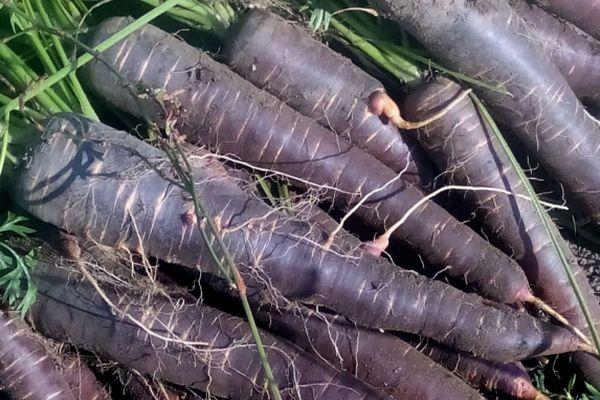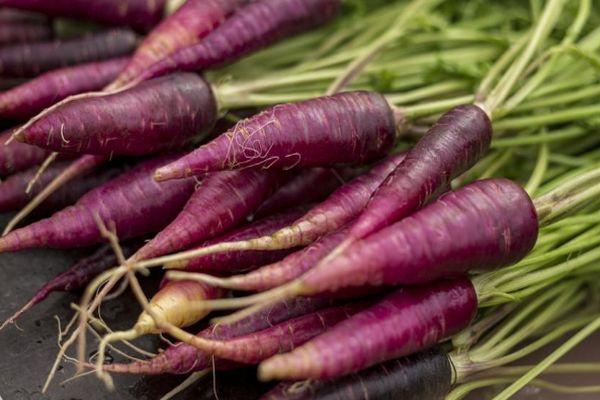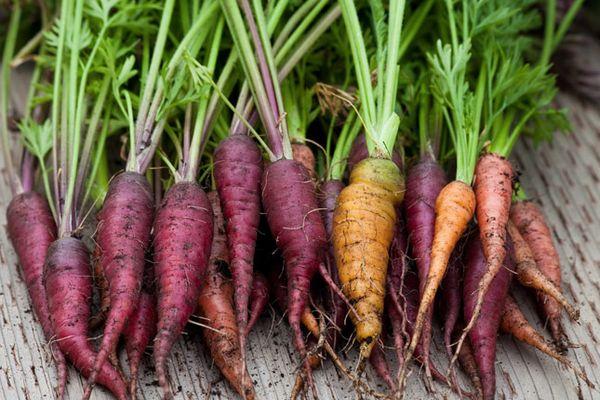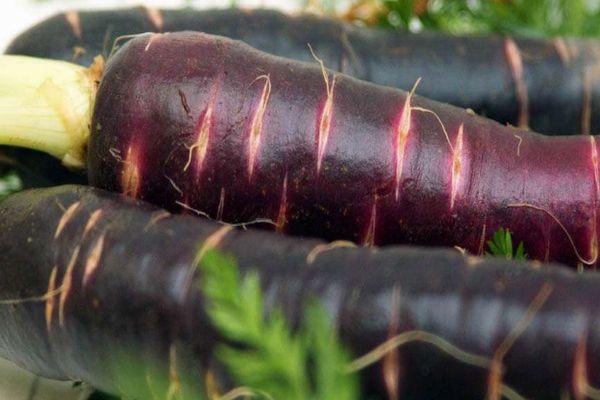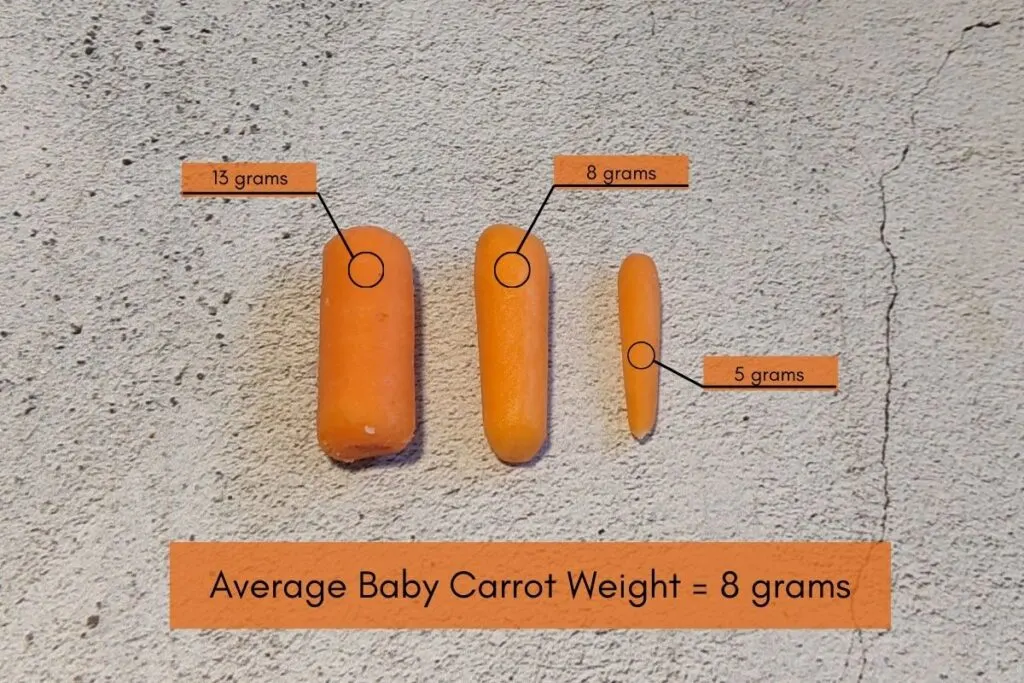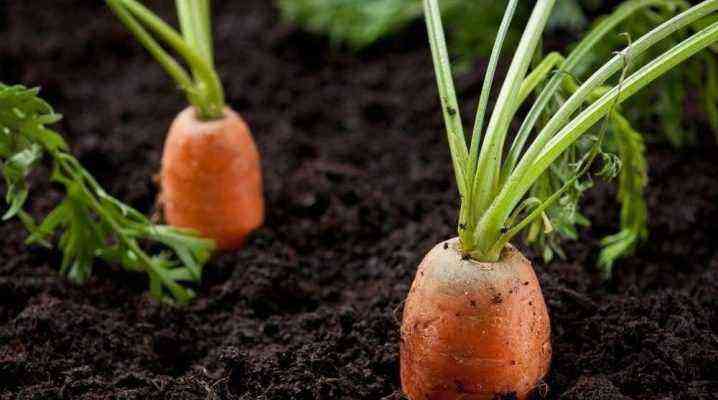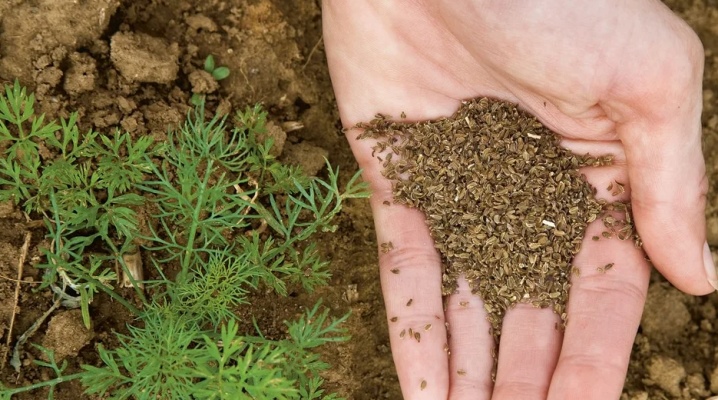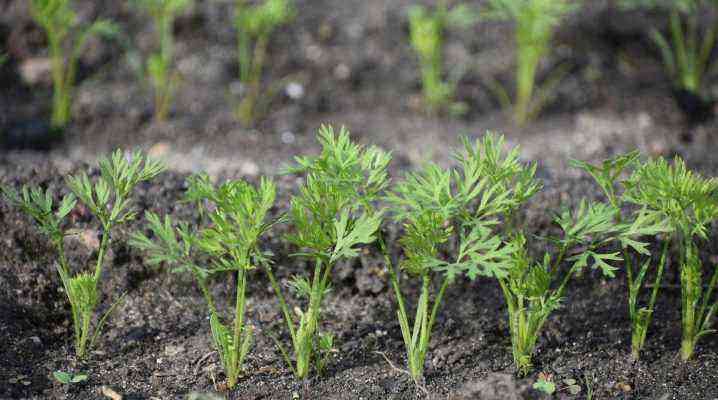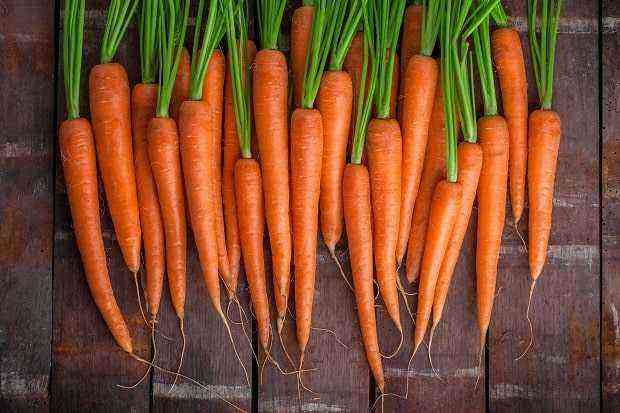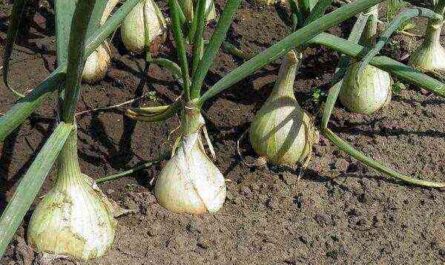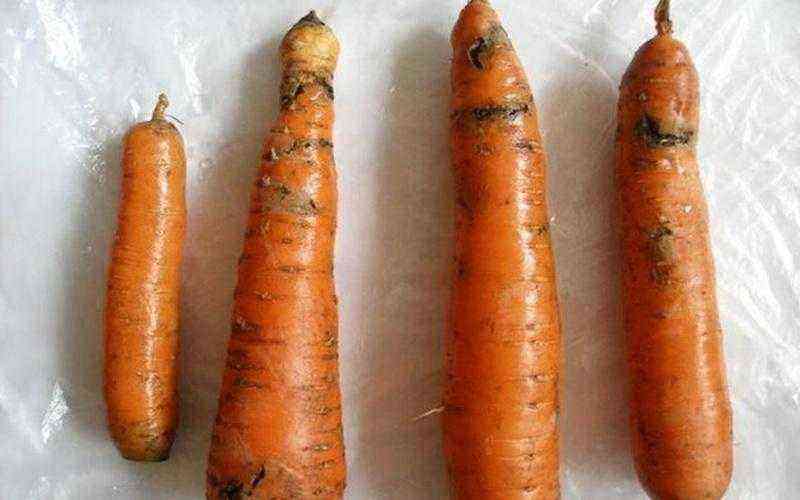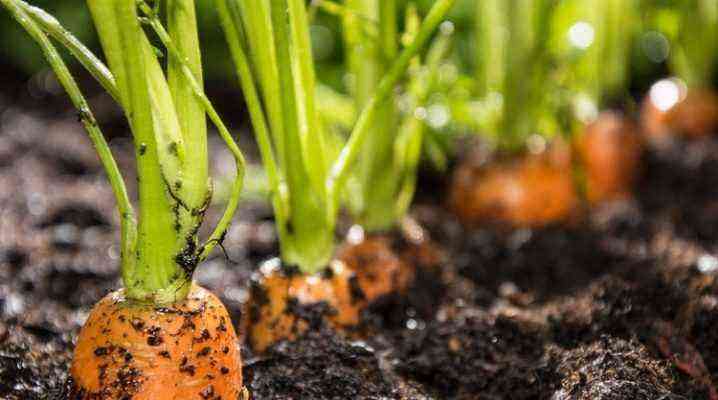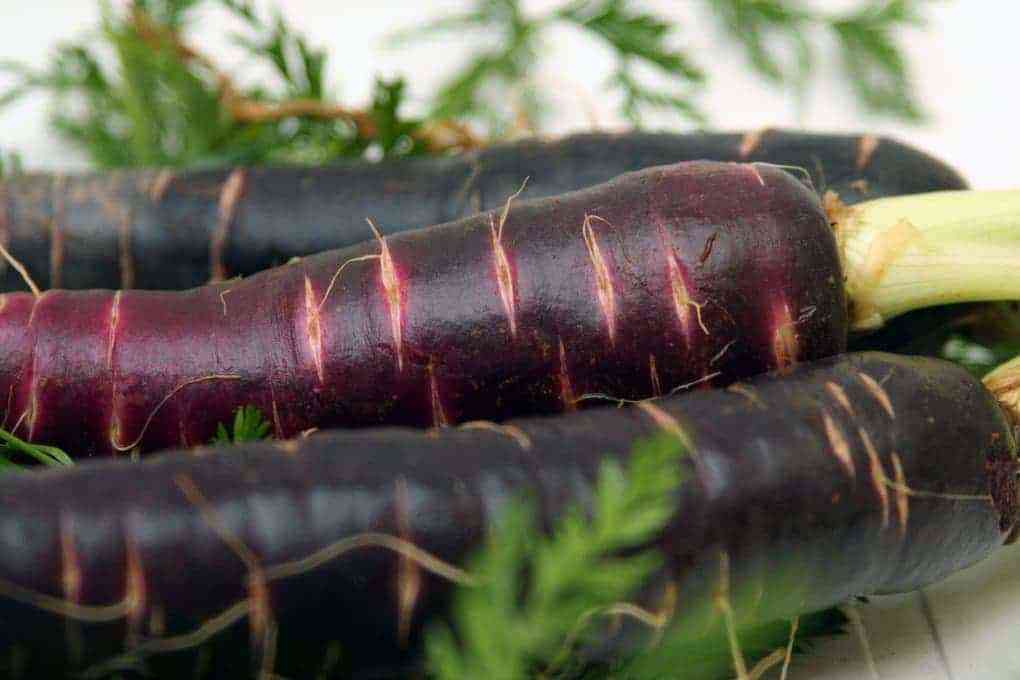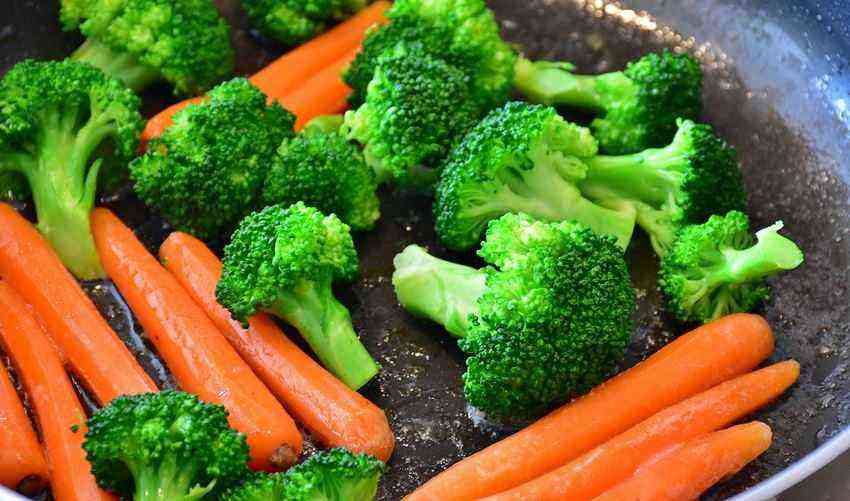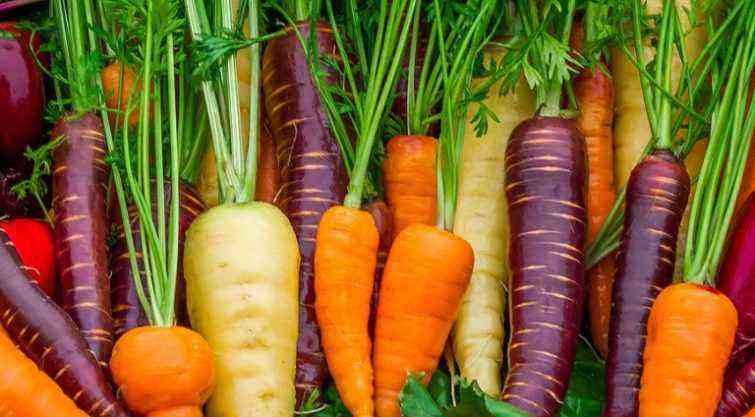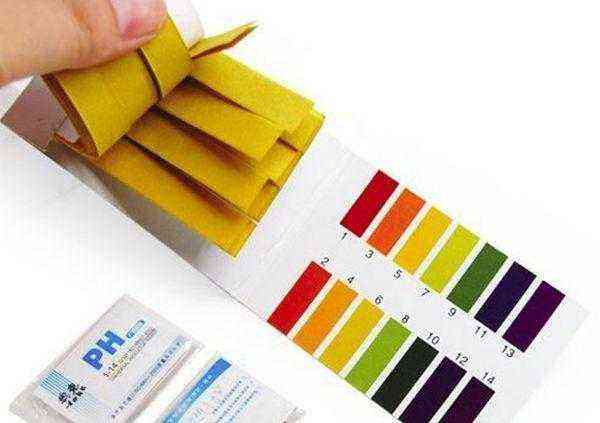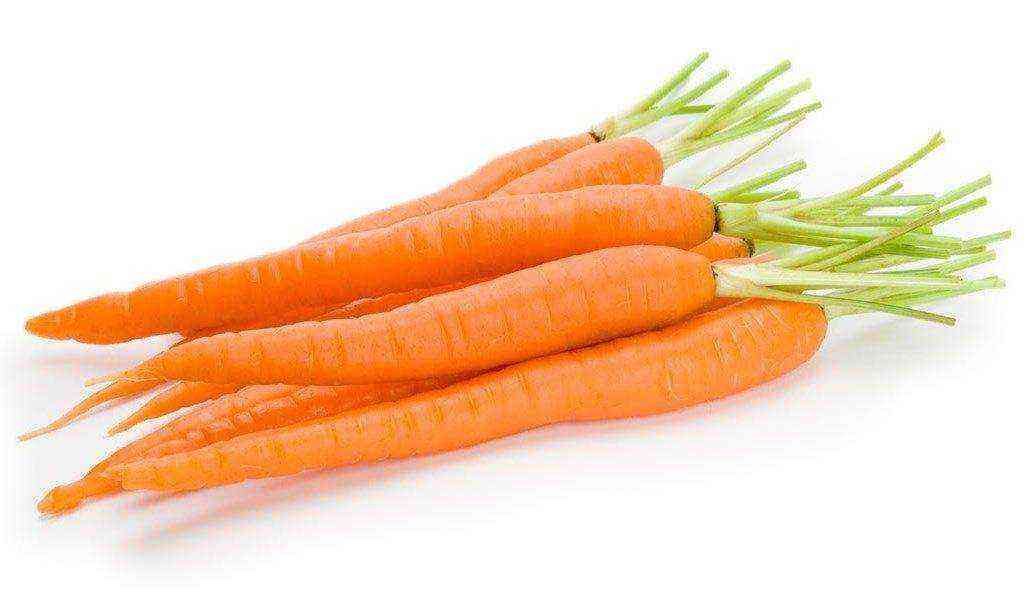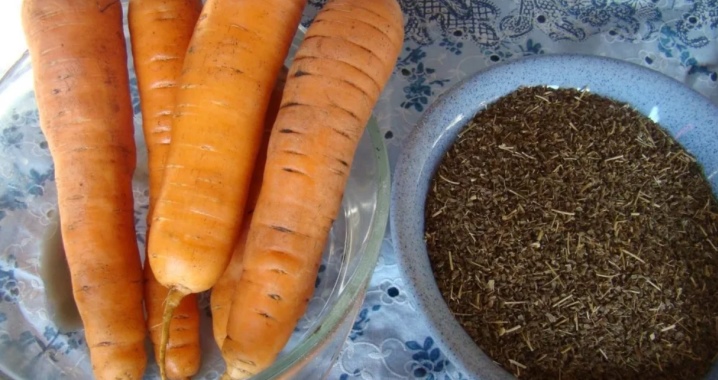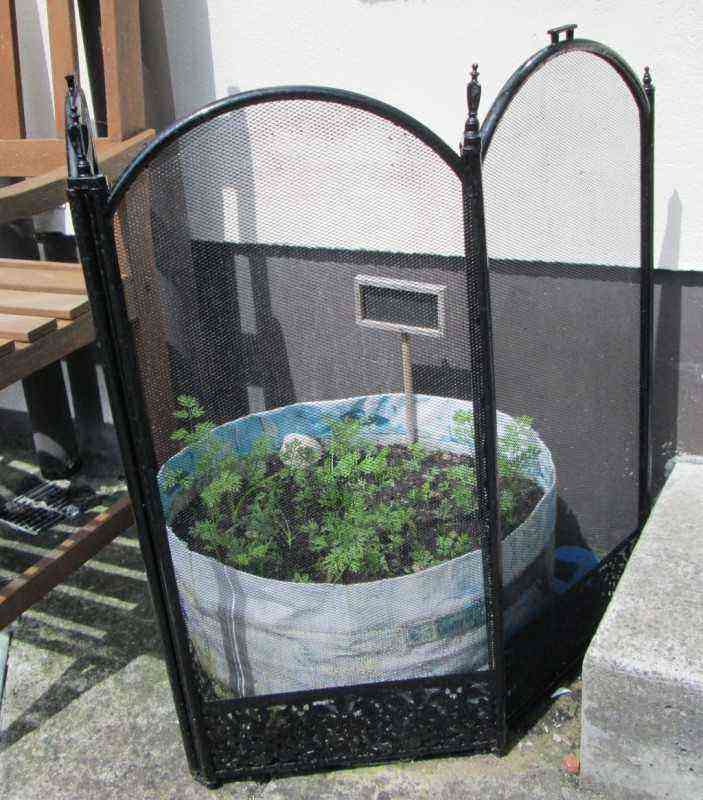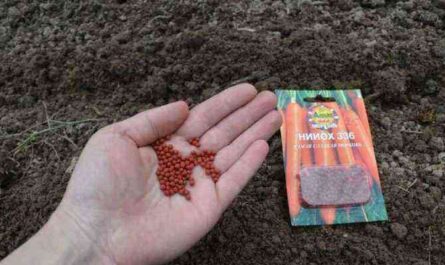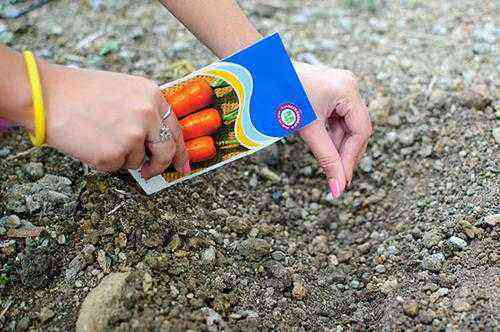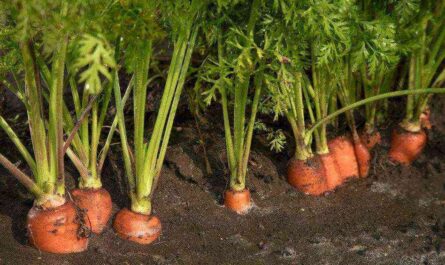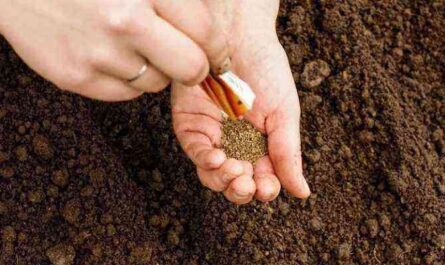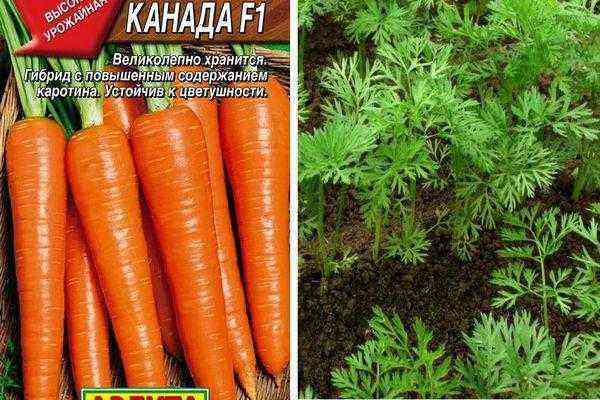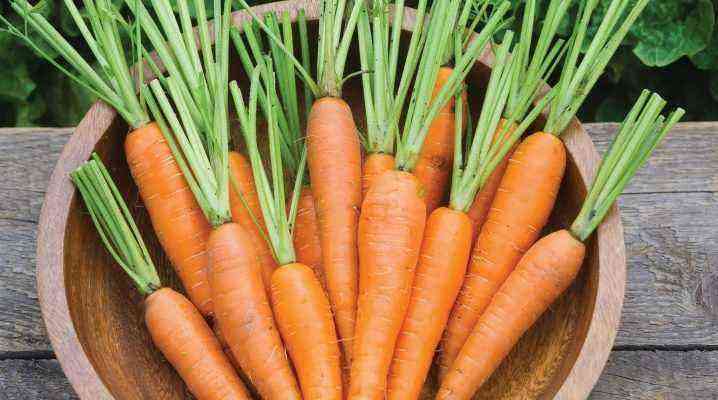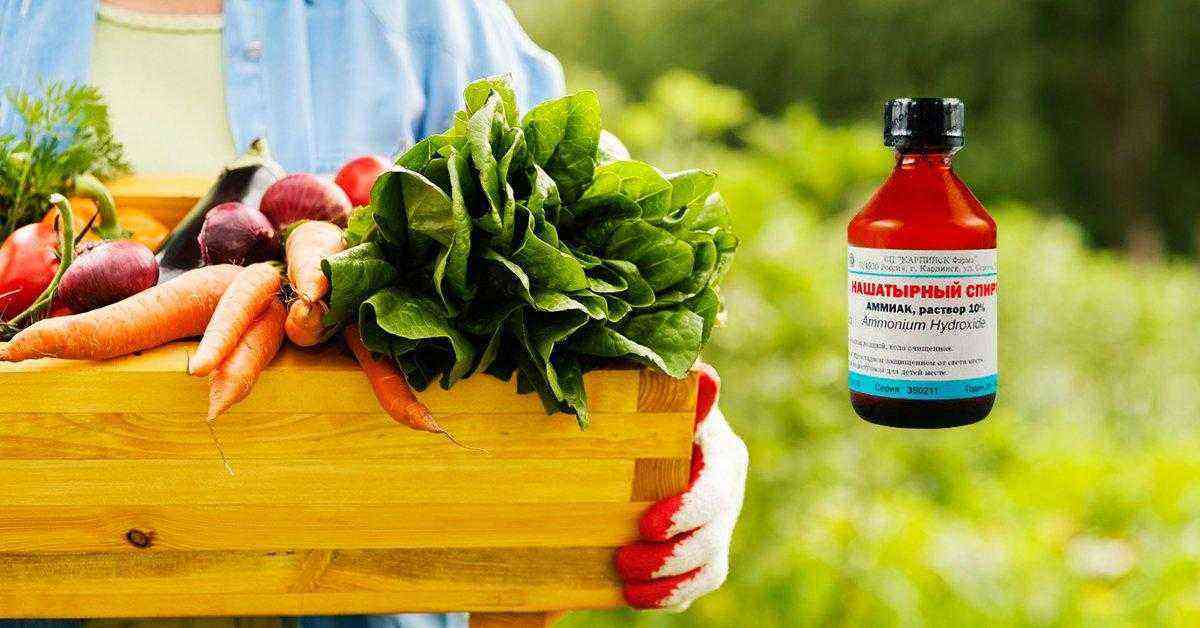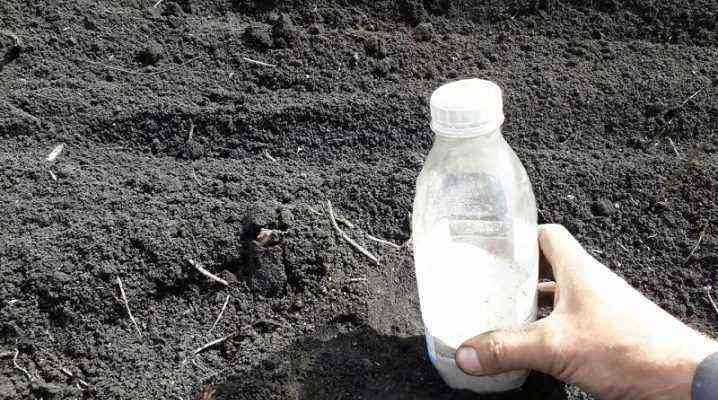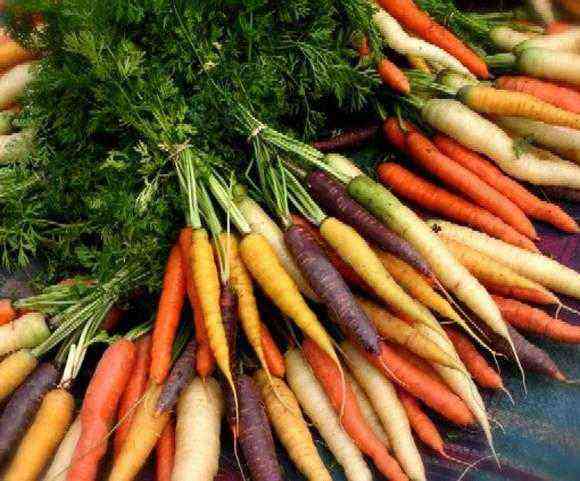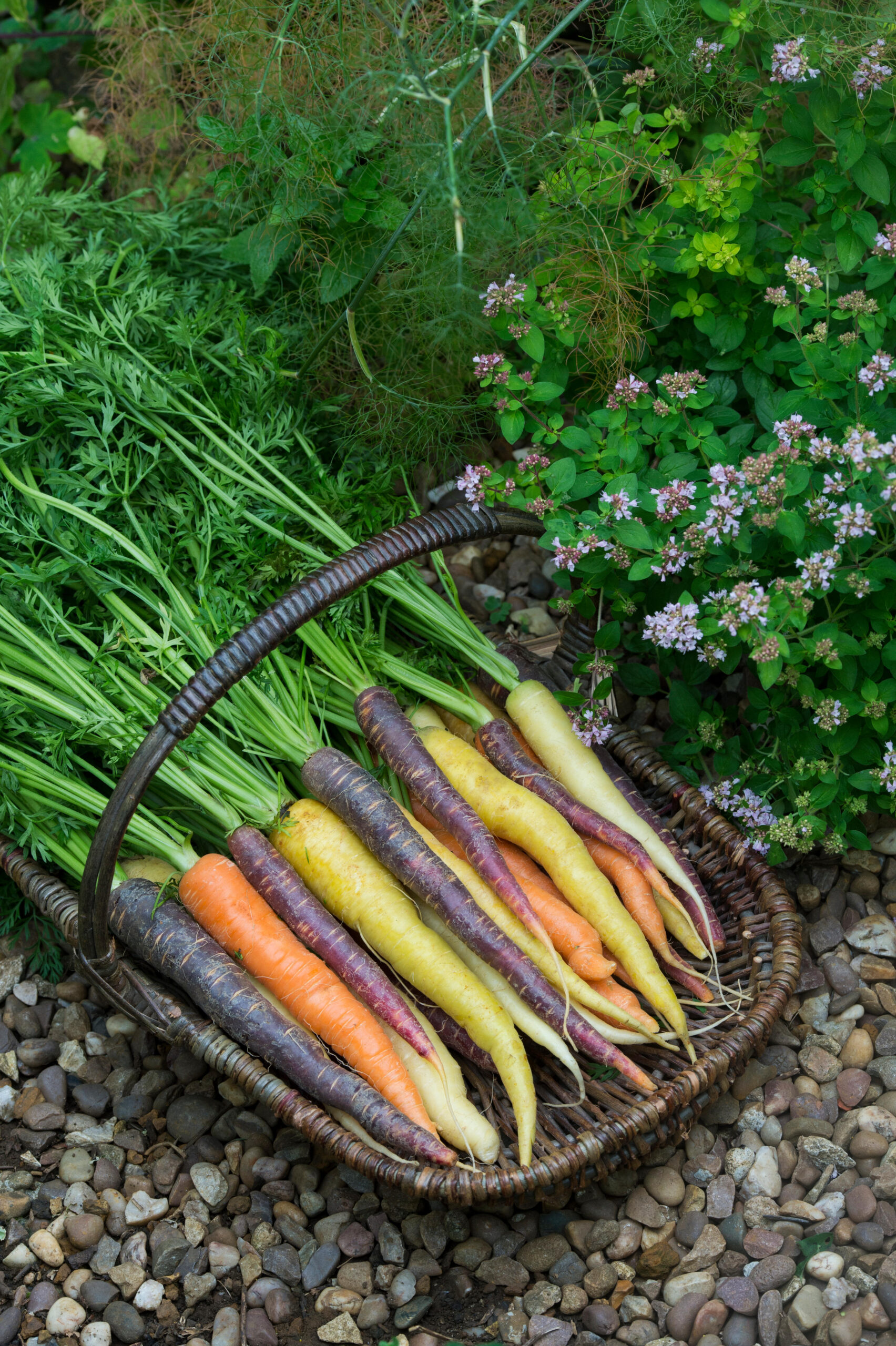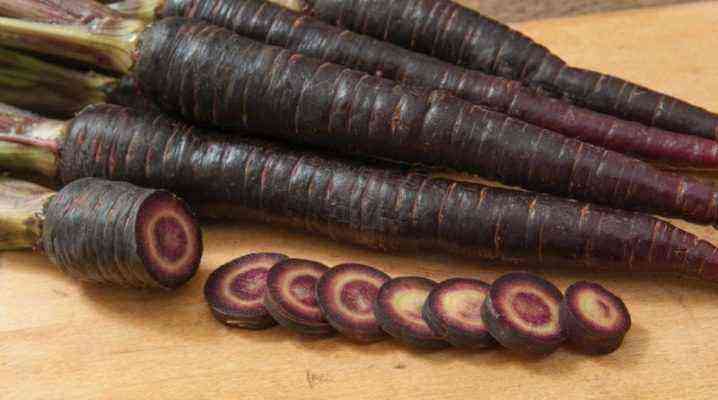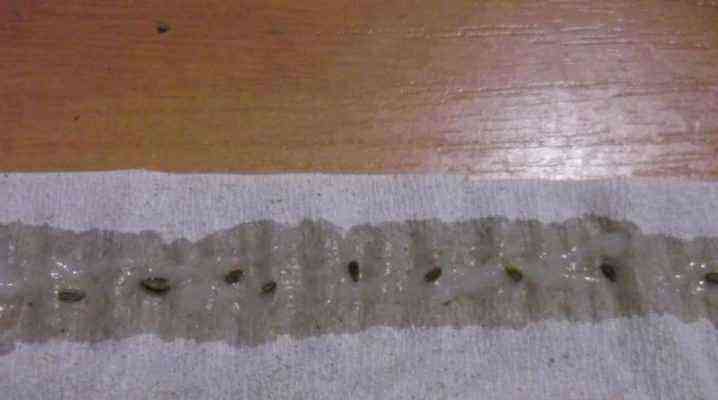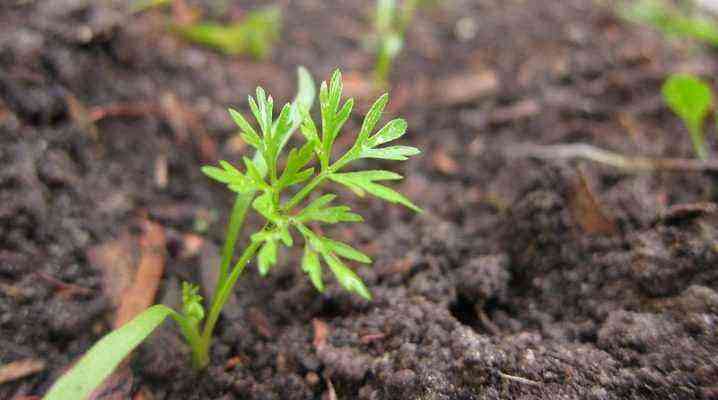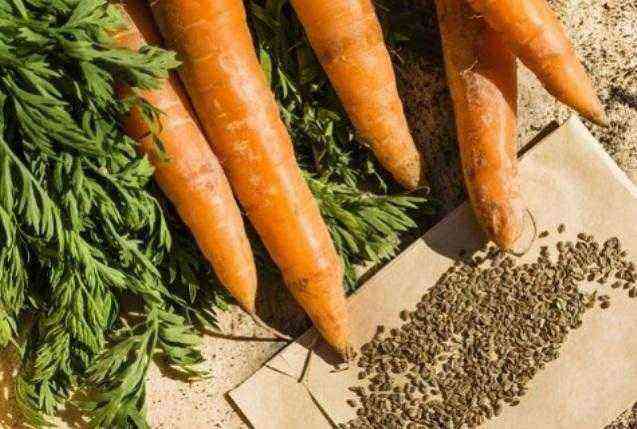The purple carrot is a biennial plant with feathery leaves and a powerful underground part. From the usual orange-colored vegetable used in cooking, it differs in purple color. There is an assumption that it was purple carrots that were used at one time as a remedy.
The story of the vegetable
An Egyptian temple depicts a carrot from 2000 BC. History shows that as early as the 13th-14th century, vegetables of various colors were imported to Europe.
In ancient times, the plant was used medicinally to treat dog bites, inflammation of the tonsils, and intestinal parasites.
By pollination by insects, natural hybrids appeared in nature. There is an assumption that purple carrots were obtained by crossing yellow mutants and a wild variety, which was distinguished by purple roots.
In the 14th century (according to other sources, in the 16th and 17th centuries), Dutch producers took orange-colored carrots as a basis, which had many multi-colored ancestors. They developed a vegetable crop that is easy to eat.
This species exists today, it differs from the original. In 2002, British agrobiologists developed a new variety with an exotic color.
Vegetable varieties
Recently, vegetables with a purple color of the fruit have gained popularity. Recently, Dutch experts studied the properties of the culture and came to the conclusion that it is more beneficial for the body due to the presence of a valuable organic component.
The thickness of the purple layer is most clearly expressed in the Purple Elixir variety, which has an orange core only, and the surface is intensely colored. Fruit length – up to 20 cm.
The Violet Haze F1 hybrid has orange flesh. The underground part of the plant is bright purple in color and distinguishes the early hybrid Cosmic Purple. Behind the intense color of the surface of the fruit lies a bright inner part with a crispy taste.
Smooth roots reach 18-20 cm in length, tops – 40 cm. The variety was bred in America, prefers cool cultivation conditions. During heat treatment, the vegetable loses its intense purple color.
The Purple Dragon variety of carrot was developed in Wisconsin in the late 20th century. The Chinese vegetable culture was taken as the basis. The uniqueness of the variety lies in the purple color of the skin of the root crop and the orange core.
Ripe cone-shaped fruits reach a length of 25 cm. To taste, the root crop vaguely resembles ordinary carrots in combination with juniper and a touch of rosemary. In ready-made dishes, an exotic vegetable has a sweet and spicy taste.
Component composition
The color of the underground part of the culture is determined by the presence of the plant pigment carotene, the useful form of which is an antioxidant. Beta-carotene slows down the aging process, reduces the risk of developing cataracts.
This trace element is important for the functioning of the retina. Along with anthocyanins, lutein is included, which helps to strengthen vision. The use of a purple root vegetable is best combined with the use of carrot juice for cosmetic purposes. It is important to remember about strongly coloring pigments.
From varieties of traditional color, purple carrots differ in chemical composition and nutritional value. The calorie content of a vegetable is 35 kcal per 100 g of product. Most of the composition of carrots is water (86,6-88 g), 6,9 g – carbohydrates, proteins – 1,3 g, fats – 1 g.
Purple carrots contain 6,1 g of mono- and disaccharides, a complex of B vitamins, vitamin A, K, folic acid, carotene. The mineral composition is dominated by elements that favorably affect the state of the body.
The tops of the plant can be eaten as a salad ingredient. Its chemical composition contains useful components. Purple carrot after heat treatment changes its effect on the body, increases the antioxidant effect.
Boiled root crop cleanses the body of toxins and toxins. The use of purple carrots for medicinal purposes has contraindications. The vegetable is forbidden to be included in the diet for pancreatitis, gastritis, colitis, individual intolerance.
Taste and culinary uses
Unlike the usual culture, the exotic root crop has a sweeter taste. It is used as a side dish, decorating culinary dishes. The vegetable can be heat-treated, stewed, steamed, prepared marinades and desserts.
For dessert, the vegetable is more convenient because of the rich taste. In addition, it looks great as a cut or decorative decoration.
A rainbow salad is prepared from a purple root crop, which includes daikon, bell pepper, parsley, onion, garlic, lemon juice. For obesity, it is recommended to use a carrot cocktail made from carrots, celery, spinach, parsley.
For beauty and vigor, they use juice from parsnips, purple carrots, beets, prepared according to the recipe. You can strengthen the skeletal system with a cocktail of dandelion juice, lettuce, carrot juice.
The composition of a nutritious cocktail, in addition to carrots, includes apple or peach pulp, sugar or honey, cream. For the preparation of confiture, lemon juice and zest, sugar and the main ingredient are used.
A colorful roast made from an exotic orange and purple root vegetable. It is added to boiled rice, barley porridge. Purple carrots are prepared just like regular carrots, but they can be used more effectively in presentations to enhance the appeal of dishes.
